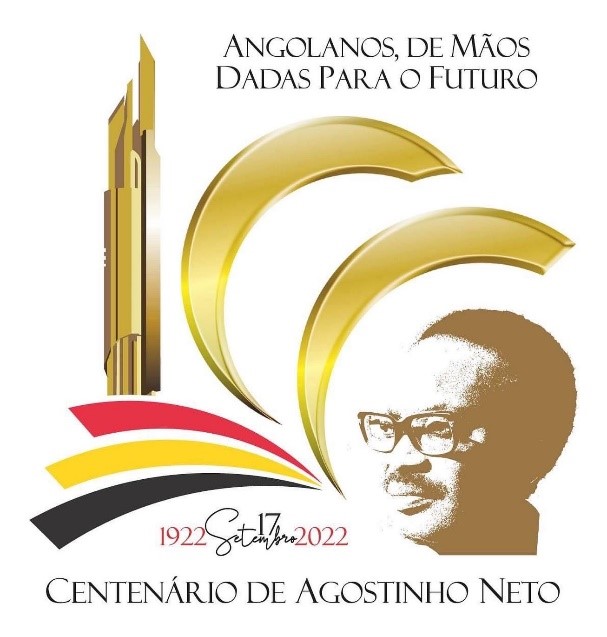Fishing
Following independence in 1975, the fisheries sector experienced a slump but has since recovered thanks to investments (particularly international) and the relative safety of the coasts. The canning industries are being revitalized, new cold storage facilities are being constructed, and the fishing fleet is being replenished. Catches, which peaked at 450 thousand tons in the early 1970s, were reduced to 312 thousand tons in 1989, a volume that was still higher than in previous years. The opening of Angolan waters to foreign fishing companies, the activities of which are governed by agreements established with the Ministry of Fisheries and under which the country receives a percentage of the fish caught, was the cause of this increase.
On the other hand, it was discovered from the analysis of the fishing sector(s) (agriculture, coffee, processing industry, construction materials, and commerce) that, despite the reinforcements carried out to restore the economic standards of the past, it was not possible to relaunch production structures and the decline was constant, except for oil extraction and fishing.
According to the 1995/1996 productive sector program, it regressed dramatically, the internal market was dismantled, the use of productive capacities fell to very low levels, and the food deficit, caused by the decline in agricultural production and the food industry, caused a food deficit situation unprecedented in the country’s history.
It points out, however, that the sector’s crisis is the result of the decrease in domestic production capacity, caused fundamentally by the war situation that was experienced and by the insufficiency of means and services made available. Over the years, several options have been tested to sustain food shortages, mainly in urban and suburban areas.
Import was and continues to be one of those options that, being costly and harmful to development, failed to solve the problem. In this context, for the fisheries sector, the program for the 1995/1996 biennium prioritizes interventions in the areas of research, inspection and management of resources, the increase in the production capacities of the national fleet, shipyards, port infrastructures, as well as the improvement of unloading and storage conditions.
On the other hand, this (sub) program is intended, through pilot programs, fundamentally based on artisanal fishing, to guarantee an increase in fish production and its supply to the population.
The financial need to relaunch the fishing sector, according to the Economic and Social Program (PES), is estimated at US$57.7 million in 1996, compared to US$55 million in the previous year. Due to the combined effects of overfishing and the environment, there was a decrease in some species in the late 1980s.
Currently, there is a recovery as a result of the reduction in the number of vessels and the adoption of preservation and control measures by the Angolan government. The national and foreign fleet catches around 200 thousand tons, which allows a margin for expansion of the fishing industry. The national fleet is made up of 2,800 vessels, 2,500 of which are artisanal fishing.
With the set of political and economic reforms that Angola is experiencing, the State has been changing its role. The fisheries sector proceeded with the liberalization of prices and the privatization of most companies, while preparations are underway for the conditions for the privatization of the remaining, which are larger. The State began to limit its activity in the area of fisheries to resource management, extensive control (supervision), development support, creation of port infrastructure and training. The intervention of the private sector is aimed at the organization and management of the production and trade sphere.
In mid-1992, the Fisheries Law was published, covering the different aspects of the activity, namely preliminary provisions, fisheries management and planning, licensing systems, as well as provisions relating to fishing activities, the establishment of cultures, quality and export. of fishery products, inspection and general procedures. This diploma was prepared with the support of FAO, which at the moment also supports the elaboration of the respective regulations.





